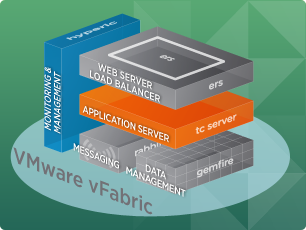Spring Android and Maven (Part 1)
We recently announced the M1 release of Spring Android, and with that release some questions have arisen around how to build an Android application utilizing the Spring Android Rest Template and Spring Android Commons Logging libraries. Google provides several methods for compiling an Android application, including SDK command line tools, and the ADT (Android Development Tools) Plugin for Eclipse. Unfortunately, neither of these methods includes integrated dependency management support.
Overview
As Java developers we have come to appreciate tools such as Maven and Gradle for managing external dependencies. While traditional Java applications run in a JVM, Android applications run on the Dalvik virtual machine. The Dalvik VM executes files in the Dalvik Executable (.dex) format. It runs classes compiled by a Java language compiler that have been transformed into the .dex format. A build tool will need to support this process if it is going to be able to compile a compatible Android application with dependencies.
There are basically two options for including external libraries in your Android application. The first is to manually copy the jars into the libs directory within your project and update the classpath within Eclipse. This is the simplest solution, and the one most supported by the ADT plugin. The disadvantage is that you have to manage the dependencies manually. Alternatively, a third party plugin such as the Maven Android Plugin can be utilized to automatically include the dependencies from a Maven repository.
In this post I will walk through the process of using the Android command line tools, Maven, the Maven Android Plugin, and Android Maven artifacts to compile a sample application that utilizes the Spring Android libraries, and deploy it to the Android emulator. After you have configured Maven, it is easy to create a build, deploy it to the emulator, run tests, and package the app for deployment to the Android Market. Before running the sample code, we will first highlight the configuration settings necessary in the pom.xml. The components used in this example are listed below.
Maven Configuration
This section covers the parts of a pom.xml that are required for developing with Spring Android and the Maven Android Plugin.
Maven Android Plugin
In order to use Maven to build an Android application, you will need to configure the Maven Android Plugin within your pom.xml file. Android applications are deployed to the device as an apk file, not a jar. You must specify this in the the packaging configuration.
<packaging>apk</packaging>
To configure the Maven Android and Maven Compiler Plugins in the build task, set the sdk platform to the desired level. In this example it is set to 9, which corresponds to Android version 2.3.1. The emulator avd value is the name of the AVD (Android Virtual Device) you defined in the AVD Manager. In this case, an AVD with the name "9", but the AVD can be named whatever you like, as long as it matches the name you specified when creating the AVD. This is a basic configuration for the plugin that is needed to build and run an Android application…


